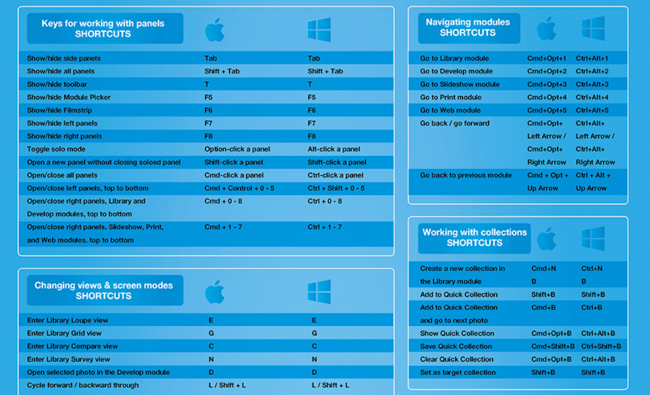Nero for mac os sierra. A plus sign (+) in a shortcut means that you need to press multiple keys at the same time. A comma sign (,) in a shortcut means that you need to press multiple keys in order. Windows macOS iOS Web This article describes the keyboard shortcuts in Outlook for Windows. Working with application aliases is a bit more tricky, but not horribly so. First off, open up your Applications folder and when you've found the icon for the app you want to have 'shortcut' on the Desktop, Control-Click on it to bring up the context menu: Choose 'Make Alias' and a copy of the app appears. If you want to add an app's icon to your Dock to make opening the app easier, read: How to add apps to the Dock on Mac. Check the Force Quit Applications menu. Press Cmd + Alt + Escape to see the.
If your Mac has frozen, or one of the applications you're using stopped responding, you can easily get things back to normal by force quitting. When you force quit an app, it will completely close the application in question, as well as all the background processes it's running. Here are two simple ways you can force quit applications on a Mac using your keyboard:
Using the force quit shortcut
The quickest and easiest way to force quit an app with a keyboard is to use the Mac shortcut keys for closing frozen applications:
Shortcuts For Mac Computer
- On the keyboard, press and hold Command + Option + Esc. This action will immediately open a 'Force Quit Application' window.
- From the dialogue box, select the frozen application, and then press Force Quit. The app will now be closed.
This is a go-to method for most Mac users, due to its swiftness and efficiency.
Force quitting through the Activity Monitor
Although not many Apple users are aware of this fact, macOS offers an alternative that is nearly identical to the traditional Ctrl+Alt+Del shortcut on Windows, and it might even do it better.
This PC keyboard shortcut is well-known for allowing users to open the Task Manager, where they can track processes, services, applications and performance, and even kill some of them if they aren't responsive.

You can easily do all of that (and even more) using the Activity Monitor application on macOS. In order to force quit an app using Activity Monitor, simply follow these steps:
- Press Command + Space on your keyboard, or alternatively click on Spotlight in the upper-right corner of your screen.
- In the Spotlight Search window, start to type Activity Monitor.
- When Activity Monitor is highlighted, press the Enter
- In Activity Monitor's list of processes, find the app you want to force quit.
- Now, simply press Force a process to quit in the left corner, and the application will be closed.
If one or more applications on your computer stop responding, and you can't seem to force quit them using one of the methods mentioned above, you can also force quit an app through the Apple Menu or by forcing your Mac to restart (Control+Command+Power).
Keyboard Shortcut To Open Application Mac
Related Posts
Mac Shortcuts Pdf
- How to install Anaconda on Mac
Anaconda is one of the most innovative machine learning and Python data science tools. It…
- The 8 most effective solutions to fix a slow Mac
Sims 4 on mac review. Are you wondering why, when, and how your Mac became so slow? But more important,…
- How to type the euro (€) sign on your keyboard
With the euro used as currency for currently 19 countries it is sometimes very useful…

